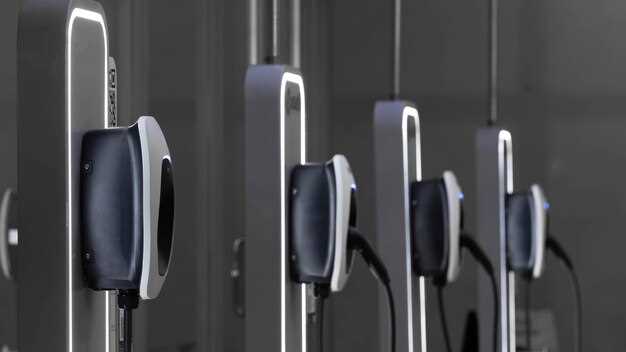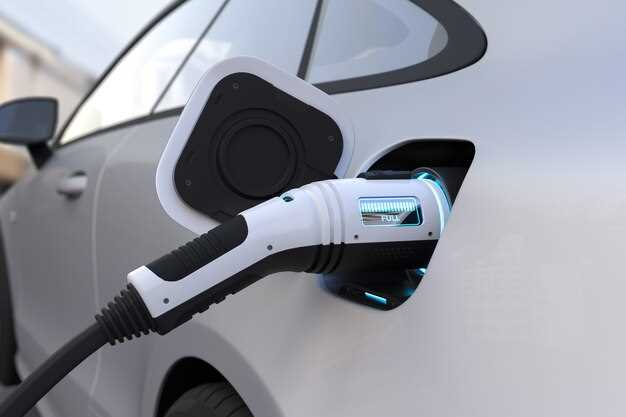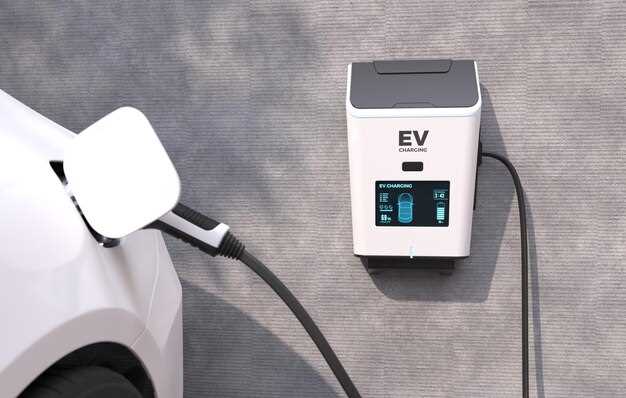
The rise of plug-in hybrids has revolutionized the way drivers think about fuel efficiency and environmental impact. Toyota, a leader in the hybrid automotive market, offers a variety of plug-in hybrid models that cater to different needs and preferences. Understanding the charging options available for these vehicles is crucial for maximizing their benefits and ensuring optimal performance.
When it comes to charging plug-in hybrids, owners can choose between several methods that enhance convenience and efficiency. Whether it’s utilizing a standard household outlet or accessing specialized charging stations, each option presents unique advantages. Charging times, cost-effectiveness, and the overall driving experience can all be influenced by the method selected.
In this article, we will delve into the different charging options for Toyota plug-in hybrids, exploring the specifics of Level 1 and Level 2 charging, as well as the benefits of public charging stations. By understanding these options, drivers can make informed decisions that contribute to a smoother, more economical driving experience while maximizing the advantages of their hybrid vehicles.
Understanding Level 1 Charging for Home Use

Level 1 charging is the simplest and most accessible method for powering your Toyota plug-in hybrid at home. This charging option utilizes a standard household outlet, typically a 120-volt socket, which makes it widely available in most homes.
For hybrid vehicle owners, using Level 1 charging offers convenience and ease of use. You can simply plug your charging cord into the outlet and connect it to your vehicle, making it an ideal choice for daily charging needs. It does not require any special equipment or installation of a dedicated charging station, reducing both upfront costs and complexity.
However, the main limitation of Level 1 charging is its speed. Charging times can vary depending on the hybrid’s battery size, but it typically takes several hours to achieve a full charge, often overnight. If you drive short distances and have a predictable daily routine, this can be sufficient for your needs.
It’s advisable to ensure that the outlet is in good condition and ideally, located in a garage or sheltered area to protect the equipment from the elements. Additionally, consider checking your home’s electrical system to ensure it can handle the extra load, especially if multiple devices are used simultaneously.
In conclusion, Level 1 charging is a practical solution for Toyota plug-in hybrid owners looking to efficiently charge their vehicles at home. It balances simplicity and accessibility, making it a popular choice for those who prioritize convenience in their daily routines.
Exploring Level 2 Charging Stations and Their Benefits

Level 2 charging stations provide an efficient and convenient solution for recharging Toyota plug-in hybrids. Unlike standard household outlets, these stations deliver higher voltage, significantly reducing charging time. Most Level 2 chargers operate at 240 volts, allowing vehicles to replenish their batteries quickly, typically in a few hours.
One of the primary benefits of using Level 2 charging stations is their widespread availability in public and residential areas. Many shopping centers, workplaces, and parking facilities are equipped with these chargers, making it easier for drivers to power up their hybrids while they run errands or work. This accessibility encourages more users to adopt plug-in hybrid vehicles, as they can rely on a robust network of charging options.
Moreover, Level 2 chargers often come equipped with smart technology that allows users to monitor the charging process via mobile apps. This feature enhances the user experience by providing real-time updates on charging status and available power. Additionally, many Level 2 stations are designed to adjust the charging rate based on the vehicle’s battery needs, ensuring optimal efficiency.
By utilizing Level 2 charging stations, drivers can take full advantage of their plug-in hybrid’s electric capabilities. Frequent use of these chargers can lead to lower fuel costs and reduced emissions, aligning with environmentally friendly goals. Ultimately, the integration of Level 2 charging technology demonstrates a significant advancement in making plug-in hybrids more practical and efficient for everyday use.
Utilizing DC Fast Charging for Quick Top-Ups
For Toyota plug-in hybrids, DC fast charging presents an efficient solution for battery replenishment, minimizing downtime and enhancing overall convenience. These vehicles come equipped with advanced hybrid technology that allows them to operate in both electric and gasoline modes, making them versatile for various driving conditions.
DC fast charging, distinguished by its ability to deliver high power levels, can significantly reduce the time needed to charge a plug-in hybrid’s battery. While traditional Level 2 chargers typically provide 3-20 miles of range per hour, a DC fast charging station can offer up to 80% charge in approximately 30 minutes, depending on the model and battery capacity.
To take advantage of this rapid charging capability, owners of Toyota plug-in hybrids should locate compatible DC fast charging stations. Many electric vehicle charging networks are expanding their infrastructure, making it increasingly accessible in urban areas, highway rest stops, and charging hubs.
Utilizing DC fast charging is particularly beneficial during long trips or when unexpected charging needs arise. By minimizing the wait time associated with battery charging, drivers can maintain their schedule and reduce range anxiety. It’s essential for drivers to be mindful of their specific plug-in hybrid’s charging requirements and capabilities, as not all models may support DC fast charging.
In summary, leveraging DC fast charging is an advantageous feature for Toyota plug-in hybrid owners. It enables quick top-ups that enhance driving flexibility while maximizing the benefits of hybrid technology.




